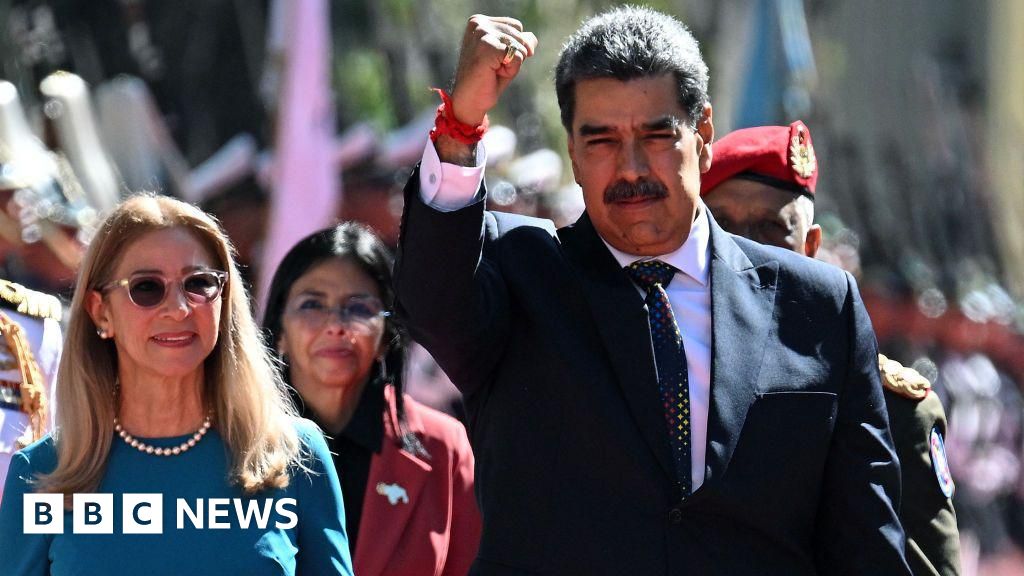Famous places in the world suffer from Rome Italian to Croatian Dubrovnik – from large numbers of tourists, which has led to problems ranging from crowding to garbage accumulation and high rents.
Some cities were tested, e.g Venice Imposing a trial entrance fee, to see if asking visitors to the city during the day to pay a small amount will help solve these problems. After a trial that lasted 29 days, the Italian city is scheduled to continue imposing fees through 2025.
Will other cities follow Venice’s example?
Recently, the mayor of the Spanish city of Seville announced his intention to impose fees on tourists visiting the central square (Plaza de Espana). On the other hand, the Greek government intends in the future to impose entry fees on passenger cruise ships visiting any of its islands starting next year.
Will these fees help solve the problems of these cities?
Officials hope that this move will calm local residents, who are upset about the repercussions of excessive tourism, in the wake of thousands taking to the streets to protest this problem in several Spanish cities on the mainland, the Canary Islands and Mallorca.
Tourism researcher and university professor Christian Leisser says the money may be part of the solution, if it benefits local residents, but there are other possible solutions, ranging from better control of holiday crowds to studying what is seen as a distribution problem.
Regarding whether imposing entrance fees is related to raising money or whether it will affect the number of people who visit a particular place, Leiser said that this depends on the value of the fees, and whether access to these places has been restricted, and these are actually two different things.
The fees may be justified because visitors who spend the night in hotels pay taxes and fees, and usually, daytime tourists are exempt from these taxes and fees, which causes confusion, as daytime tourists benefit from the infrastructure and tourist destinations in the same way as Visitors who stay in the city enjoy it without paying anything.
The best ways to deal
Regarding what are the best ways to deal with the situation, Lasser said that demand can be controlled by allocating quotas, with a reservation system, for example, and this will mean allowing a maximum of 30,000 people to visit Venice during the day.
But to ensure that people are not prevented from visiting the city and have the opportunity to plan their visits, a reservation system could of course be implemented at the same time, as many tourist destinations do.
The issue is not only related to the suffering of local residents when there are a large number of tourists in one place at the same time. Tourists feel the place differently if the situation is reasonably comfortable and the places are not crowded.
Regarding whether cities will implement more of this type of quota system, Leiser replied: “I think it will happen. We do not need turnstiles on every tourist destination, although it can be done indirectly. We see that to some extent.” .
An example of this, he added, is parking fees; If there was a pricing system that rewarded short stays, holidaymakers would be much more likely to stay for a shorter period and leave earlier, meaning there would be an influx of people who come but stay for a short time.
Step back
But is this the way to control overtourism, like we see in Venice and Dubrovnik?
“Let’s take a step back and look at the broader situation,” Lasser says. “Low-cost airlines, in particular, have opened up new markets. People who never traveled before are now traveling.”
He added that there is what is called the sharing economy. Lasser says: “Although I do not want to use this sentence as it is not considered sharing. Instead, it is a residential space that is converted to become a place to stay and spend the night.”
This summer, there have been many demonstrations to protest against overtourism, such as in the Canary Islands, so why are locals there and elsewhere taking to the streets now?
“We had discussions about overtourism in the past before the Corona pandemic, so the problems associated with overtourism were no longer an issue,” Laiser answers. “But now they are back again.”
Local residents can begin to feel that a small number are benefiting greatly from the direct economic benefits from tourism in their city, while they are getting nothing but the sacrifices that are being asked of them.
Regarding how to fix the situation, Leiser says: “One consideration is how to better compensate local residents who feel that they are the only ones making sacrifices. This brings us back to the example of Venice.
He added: “If the money collected from visitors during daylight hours were distributed directly to local residents and not hidden in the city treasury, this would lead to a completely different perspective.”




